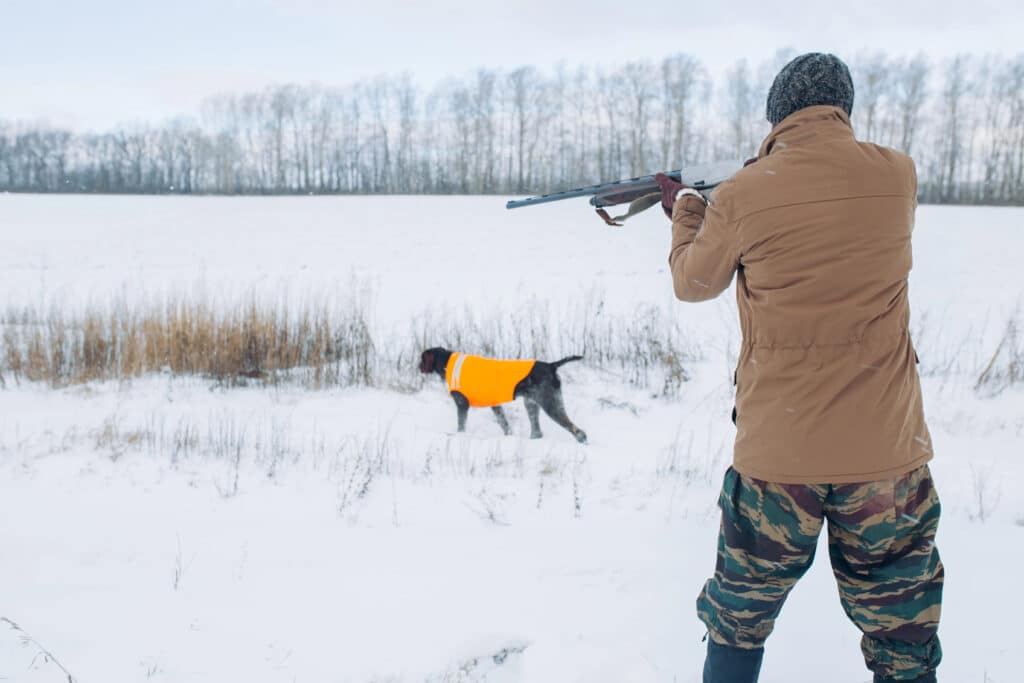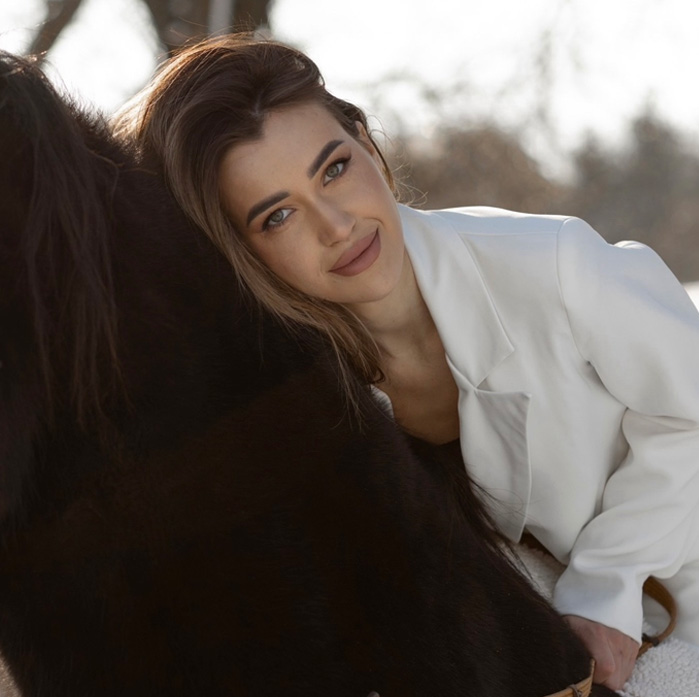Hunting has many benefits, but it comes down to how you prepare for it. To enjoy it, you need to choose the right gear for your type of hunting. And if you hunt in different weather conditions, you understand the importance of layering your hunting clothes for maximum comfort.
A layering system can help control body temperature, manage moisture, and shield you from unfriendly weather when out in the fields. The hunting clothes you wear must complement each other and function together as a layered system on your body.
For example, if you wear a thin next-to-skin base layer made of moisture-wicking fabric, you need to follow it up with an insulation layer designed to deliver warmth. These two should be complemented by an outermost shell layer that protects against rain, snow, and wind.
Here is a simple step-by-step system for layering your hunting clothing for ultimate performance, comfort, and versatility.
Step 1: Start with a Moisture-Wicking Base Layer
The base layer is the most crucial part of your layering system. This layer will be directly against your skin and needs to wick moisture away from your body, keeping you dry and sweat-free.
Merino wool is, hands down, the best fabric for a base layer. It’s breathable, wicks away moisture, and naturally resists odor. For mild weather conditions, try hunting clothes like the Kaibab 150 Merino Wool 1/4 Zip Top.
In colder weather, the Kaibab 300 Merino Wool Hoodie and Bottoms provide additional insulation with optimal breathability. In short, a base layer should keep you dry by wicking moisture away from your skin so it can either evaporate or be moved by other layers.
So, when in doubt, always go with a hard-working, moisture-wicking fabric for all-around comfort.
Step 2: Add an Insulating Layer to Retain the Heat

You want an insulating layer on top of a base layer to retain body heat without wearing you down. For instance, the Grid Lite Jacket is an excellent mid-layer for mild weather, giving you warmth without restricting your mobility.
For frigid conditions, try the Ptarmigan 850 Ultra Down Jacket for its unmatched insulation, partly due to the high-loft down fill that retains warmth in extreme cold.
A good insulating layer lets sweat escape. If not, the clothing system retains moisture, making you uncomfortable. Opt for breathable, warm materials that maintain heat but release vapor.
Step 3: Protect Yourself with a Weatherproof Outer Layer
Your outer layer, or shell, protects you from the wind, rain, and snow. It needs to be waterproof and breathable—letting moisture escape from the inside out while you stay dry on the outside.
The Hardscrabble Jacket and Pants are the epitome of a good outer layer. They’ll keep the wind off you; they’re water resistant enough to shed any conditions short of a deluge, and most importantly, they’re breathable.
The jacket’s articulated design means you won’t feel like the Pillsbury Dough Boy when you’re layering up for a long trek, either. Remember that a good outer layer is the last line of defense against rain, snow, or any other wet elements.
Step 4: Adjust Layers Based on Weather Conditions
Studying the weather not only changes your hunting patterns but also affects how you layer your hunting clothes. When heading for a hunt, you’ll need to adjust your layering depending on your hunting season.
If it’s hot outside, all you’ll need to wear is a base layer and an outer shell, but when it’s cold, you’ll need an insulating layer. For instance, a chilly autumn morning may require all three layers. But as the cold gives way, you’ll want to peel away that insulating layer or end up hot and uncomfortable.
On the other hand, if temperatures plummet unexpectedly during your hunt, you’ll need to add an extra mid-layer to insulate your body. Paying close attention to when to add or remove clothing will keep your body temperature where it should be and won’t require you to overpack your gear.
Step 5: Ensure Proper Fit for Comfort and Mobility
Layering correctly isn’t just about staying warm; it’s also about not restricting your mobility. Hunting involves a lot of movement; you’ll be hiking, climbing, and shouldering your weapon. If your clothes are too tight, they’ll restrict your movements, making you feel cold too.
If they’re too baggy or if you’re wearing too many layers, you’ll lose heat. Fortunately, some of the best hunting gear manufacturers design hunting clothes for mobility.
For example, the Hardscrabble Pants have an articulated knee and a gusseted crotch for added flexibility. They’re neither overly baggy nor tight, providing seamless mobility and added comfort.
Step 6: Manage Moisture and Ventilation
You’re going to sweat while out there. The key is not letting that make you cold or miserable. The base layer needs to wick moisture, the insulation layer needs to take the sweat away from your body, and the outer layer should allow moisture vapor to exit without letting any precipitation in (rain or snow).
Ventilation features, like pit zips, will help you regulate your temperature. If you’re constantly moving, open them up to prevent overheating and let sweat evaporate off your core. Pick breathable fabrics in every layer, so moisture doesn’t get trapped next to your skin.
Final Thoughts

Mastering layering your hunting clothes is crucial for staying comfortable and performing at your best. Each layer serves a unique purpose—keeping you dry, warm, and protected from the elements. Depending on where you hunt, Extreme All-Season Bundle hunting clothes provide a well-balanced system for every hunting condition. They ensure proper layering, where you can adapt to temperature changes, manage moisture, and move freely, ensuring a successful and enjoyable hunt.
- 0shares
- Facebook0
- Pinterest0
- Twitter0



